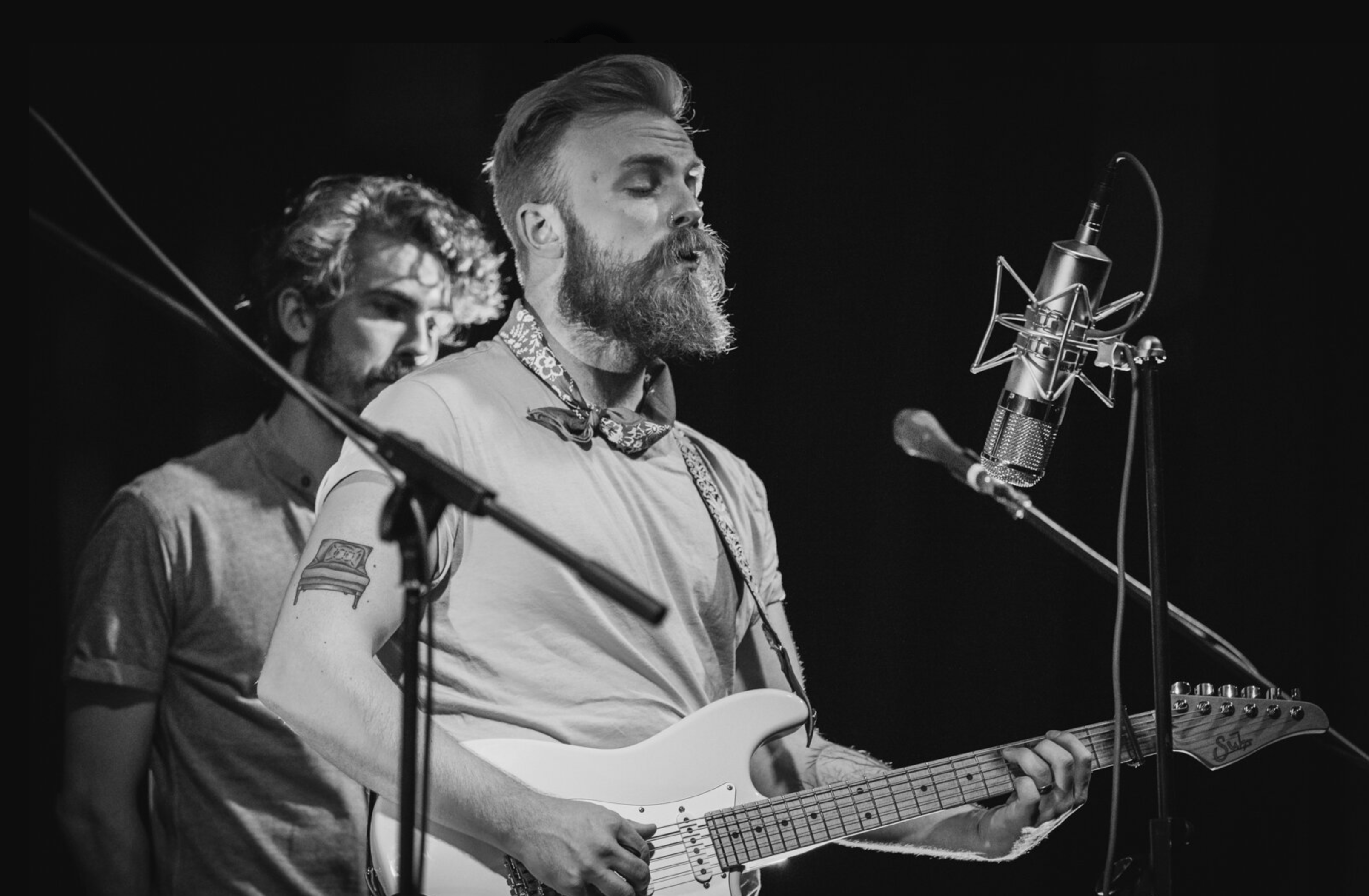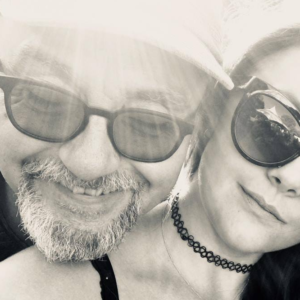MUSIC CLASS
Getting the Beat: Rhythm Bliss Studio CONTENTS
- INTRO: Getting the Beat
- PLAYLIST: My 17-song Rhythm Playlist on Spotify and YouTube
- VIDEO: Introduction to Rhythm Bliss with Alexandra Jai
- ARTICLES: What Can Drumming Do For Your Health?, Music, Science and the Rhythmic Brain, Complementary Therapy for Addiction: “Drumming Out Drugs.

“The rhythm is in your blood.” — African proverb
GETTING THE BEAT
Beyond simply staying on rhythm, drumming is, well, transcendent
After almost four years of classes, I’ve learned there’s a lot more to playing a hand drum than keeping time. When I signed up for “mindful” drumming at Drum Mama studios –now Rhythm Bliss– I was looking for some brain gym and a salve for a chronically stiff wrist. I also thought it’d be fun to cultivate my pretty good sense of rhythm. The results? So far, so good. But that’s understatement. I didn’t know how this practice would change how I understand music.
My Top Five Great Things About Hand Drumming
It’s fun and sounds good: Playing a 10 or 15-minute set of varied beats in a circle of 20 or so people featuring a few different drums is incredibly satisfying. Being in sync and making sounds bigger than the sum of us is nothing less than uplifting and very cool.
Drumming is meditative: One hour plus of playing rhythms – on a djembe, conga, big drums or clave sticks– permeates the body and heart. Sometimes the mesmerizing beat evokes a certain trance-like state –aka “getting in the groove”. Part of Shamanic ritual is based on this. (A whole other story.) Our teacher, Alexandra Jai, is always encouraging us to “get out of your head and let the rhythm take over your body.” Yes.
It brings people together: Drumming is a collective activity; a way of connecting with others. Anywhere from 15 to 20 students attend class. There’s an unquantifiable feeling of good will and communion with fellow drummers. Jai also organizes twice-a-year drum gatherings –one a fundraiser for a group of African women artisans– that each draw a hundred people and more.
It makes you a better listener: As many people who make music will tell you, it helps you hear. I’ve become more attuned to rhythms and the interplay among all elements of a song. Major bonus for a lifelong music fan.
It’s good for our health: Numerous studies show that drumming –and music in general– is good for us. Playing enhances both brain and mental health, reduces stress, blood pressure plus a host of other advantages. The neuroscience of drumming is the subject of ongoing research. You can review some of the studies in the articles listed in the Contents above.
Check Out Rhythm Bliss Studio
Earlier this year, Drum Mama rebranded itself as Rhythm Bliss Studio to underline that it’s open to all genders. Founded by experienced and passionate drummer Alexandra Jai, the studio welcomes everyone from beginners to veteran players. Jai’s deep knowledge and unflagging energy drive classes that are part drumming, movement and meditation while offering insights into the spiritual parts of our rhythm journey.
Students are encouraged to play at their own level. There’s no pressure and Jai emphasizes that how we approach drumming is up to each of us. Most of the rhythms she teaches draw on West African, Afro-Cuban, Carribbean, and South American rhythms. Those include calypso, merengue, kakilambe, shiko, djole and more.
You can check out the Rhythm Bliss Fall class schedule on the website and roam around the site for more information.
Rhythm Bliss Online Classes
The studio recently launched a comprehensive online program which allows subscribers to practice on their own. Developed and produced by Jai and partner Michael Millman, the video classes are everything you’d want in an online program: lively, engaging, and well spoken. The production values are professional and the lessons accessible to all levels of players
MY RHYTHM PLAYLIST
This playlist is a snapshot of the always changing songs I play to drum along with at home, learn closer listening and for rhythm inspiration. I’m not playing at the level of most of these. Instead, I use the tracks to pick out phrases, timing and tone.
(There are a few differences between the Spotify and YouTube versions. I suggest you have a look at the outstanding live version of Peter Gabriel’s In Your Eyes on the YouTube playlist.)
Why Can’t We Live Together: Sade This is a great way to warm up for a practice session: following the simple bass line and hand drum. Also, it’s a heartfelt and plaintive song about bridging racial divides. Appropriate as so much of the music here originates in Africa.
Kanou: Fatoumata Diawara
Begin Again: Norah Jones All instruments can help make the beat. In this Norah Jones-penned composition, her strong piano chords lay a base for drummer Brian Blade’s supple, staccato work on the drum kit. At various points her phrasing offers counterpoint to Blade’s stick work. One of contemporary music’s top drummers, Blade has played hundreds of sessions with musicians ranging from Joni Mitchell and Sarah McLachlan, to Chick Corea, Wayne Shorter, Bob Dylan and Daniel Lanois. You can hear why he’s in demand on this track.
The Conference: Nitin Sawhney and Onezero There’s a truism in drumming that “If you can say it, you can play it.” Indian konnakol – a form of scat singing – is the first step in learning to play tabla and other drums. This 90-second piece starts with konnakol and finishes on the tabla.
Traces of You: Anoushka Shankar and Norah Jones Written by Jones’ half sister Shankar and Nitin Sawhney, this piece has a subtle percussion line under Jones’ vocals and Shankar’s sinous sitar line.
Afeto: Mayra Andrade Andrade is from Cape Verde. Afeto translates as Affection. Contrary to its upbeat rhythm and instrumentation, the song is about estrangement and distance in a relationship.
Wassiye: Habib Koité
I Stand Alone : Robert Glasper Experiment, Common and Patrick Stump
A hip-hop beat propels this one combining Glasper’s rhythmic piano, Common’s rap and a gospel-style choir
I Can See Clearly Now: Holly Cole Canadian Cole made this Johnny Nash cover her signature song and a hit from 1993’s album Don’t Smoke in Bed. Features a subtly plucked stand-up bass and a light drum phrasing.
Gambia: Sona Jobarteh West African griot and kora player Jobarteh and her band played an inspiring free concert in David Lam Park at Vancouver’s recent jazz festival. The band uses two players on congas and drum kit, and also includes electric bass and lead guitar.
In Your Eyes: Peter Gabriel A classic piece, Gabriel collaborator and French drummer Manu Katché has been a long time collaborator. Check out the amazing live version on the YouTube playlist.
Tuda Certu: Branko, Dina d’Santiago
Siete: Nicola Cruz Siete means “seven”. Nicola Cruz is an Ecquadorian musician and dj.
Kamelamba (Official Video): Oumou Sangré
Kamelamba – Spoek Mathambo’s Wassoulou Riddim Mix: Oumou Sangaré, Spoek Mathambo – Mogoya Remixed
Miri: Bassekou Kouyate, Ngoni ba
Blood On Me: Sampha
Dragon’s End: Culoe de Song ft. Fatima
PLAYLIST
Your feedback is welcome and appreciated.
If you’re getting this and aren’t a regular subscriber it’s because I thought you might be interested in this week’s topic.
If you’re interested in receiving further issues, let me know.
Stay tuned,

03 August 2019





